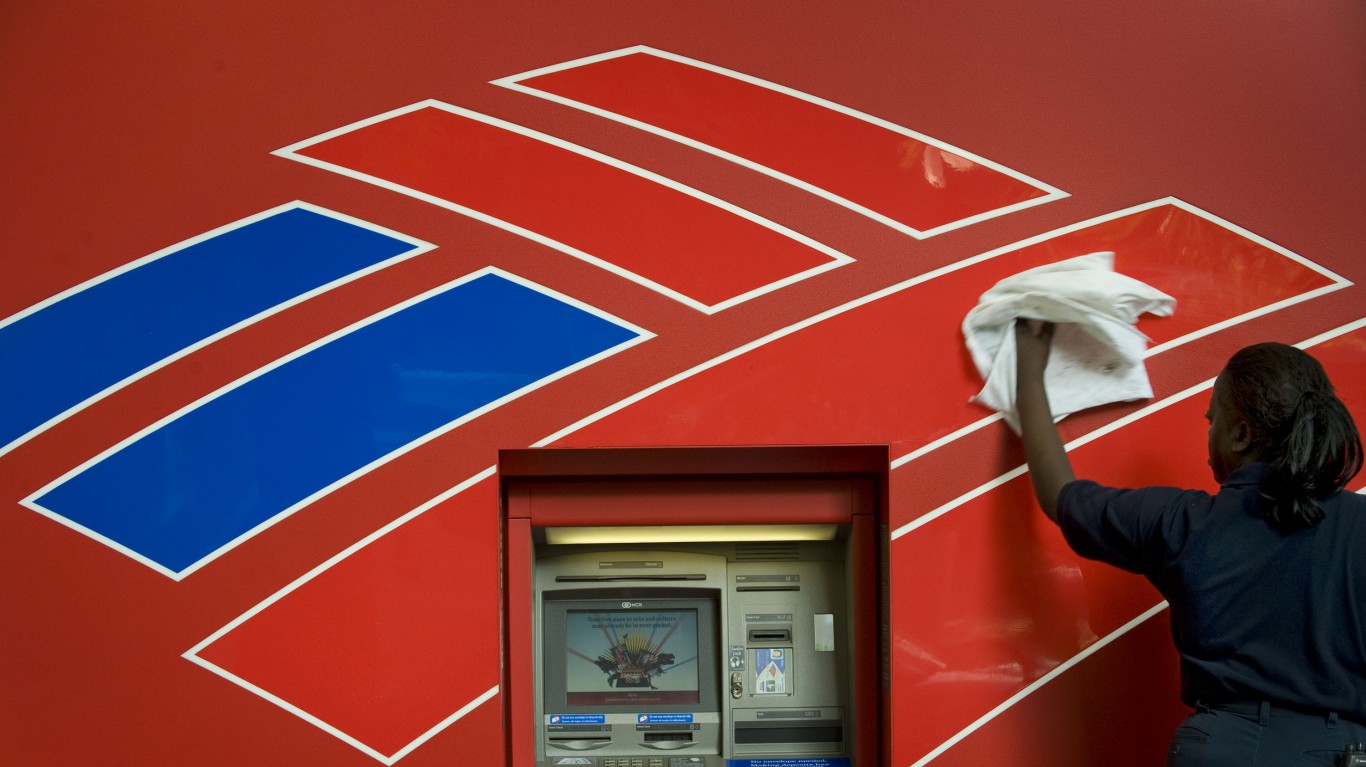Investing
How to Maximize Your Retirement Portfolio With These Top-Ranked Dividend Stocks

Published:

Believe it or not, seniors fear running out of cash more than they fear dying.
And unfortunately, even retirees who have built a nest egg have good reason to be concerned – with the traditional approaches to retirement planning, income may no longer cover expenses. That means retirees are dipping into principal to make ends meet, setting up a race against time between dwindling investment balances and longer lifespans.
The tried-and-true retirement investing approach of yesterday doesn’t work today.
In the past, investors going into retirement could invest in bonds and count on attractive yields to produce steady, reliable income streams to fund a predictable retirement. 10-year Treasury bond rates in the late 1990s hovered around 6.50%, whereas the current rate is much lower.
The effect of this drop in rates is substantial: over 20 years, the change in yield for a $1 million investment in 10-year Treasuries is over $1 million.
And lower bond yields aren’t the only potential problem seniors are facing. Today’s retirees aren’t feeling as secure as they once did about Social Security, either. Benefit checks will still be coming for the foreseeable future, but based on current estimates, Social Security funds will run out of money in 2035.
Unfortunately, it looks like the two traditional sources of retirement income – bonds and Social Security – may not be able to adequately meet the needs of present and future retirees. But what if there was another option that could provide a steady, reliable source of income in retirement?
Invest in Dividend Stocks
We feel that these dividend-paying equities – as long as they are from high-quality, low-risk issuers – can give retirement investors a smart option to replace low-yielding Treasury bonds (or other bonds).
Look for stocks that have paid steady, increasing dividends for years (or decades), and have not cut their dividends even during recessions.
One approach to recognizing appropriate stocks is to look for companies with an average dividend yield of 3% and positive average annual dividend growth. Numerous stocks hike dividends over time, counterbalancing inflation risks.
Here are three dividend-paying stocks retirees should consider for their nest egg portfolio.
ACNB (ACNB) is currently shelling out a dividend of $0.28 per share, with a dividend yield of 3.41%. This compares to the Banks – Southwest industry’s yield of 0.87% and the S&P 500’s yield of 1.66%. The company’s annualized dividend growth in the past year was 7.69%. Check ACNB (ACNB) dividend history here>>>
Bank of America (BAC) is paying out a dividend of $0.24 per share at the moment, with a dividend yield of 3.38% compared to the Banks – Major Regional industry’s yield of 4.36% and the S&P 500’s yield. The annualized dividend growth of the company was 4.76% over the past year. Check Bank of America (BAC) dividend history here>>>
Currently paying a dividend of $0.26 per share, Brixmor Property (BRX) has a dividend yield of 4.72%. This is compared to the REIT and Equity Trust – Retail industry’s yield of 4.46% and the S&P 500’s current yield. Annualized dividend growth for the company in the past year was 8.33%. Check Brixmor Property (BRX) dividend history here>>>
But aren’t stocks generally more risky than bonds?
Yes, that’s true. As a broad category, bonds carry less risk than stocks. However, the stocks we are talking about – dividend -paying stocks from high-quality companies – can generate income over time and also mitigate the overall volatility of your portfolio compared to the stock market as a whole.
An upside to adding dividend stocks to your retirement portfolio: they can help lessen the effects of inflation, since many dividend-paying companies (especially blue chip stocks) generally increase their dividends over time.
Thinking about dividend-focused mutual funds or ETFs? Watch out for fees.
If you prefer investing in funds or ETFs compared to individual stocks, you can still pursue a dividend income strategy. However, it’s important to know the fees charged by each fund or ETF, which can ultimately reduce your dividend income, working against your strategy. Do your homework and make sure you know the fees charged by any fund before you invest.
Bottom Line
Pursuing a dividend investing strategy can help protect your retirement portfolio. Whether you choose to invest in stocks or through low-fee mutual funds or ETFs, this approach can potentially help you achieve a more secure and enjoyable retirement.
ACNB Corporation (ACNB): Free Stock Analysis Report
Bank of America Corporation (BAC): Free Stock Analysis Report
Brixmor Property Group Inc. (BRX): Free Stock Analysis Report
To read this article on Zacks.com click here.
This article originally appeared on Zacks
Credit card companies are pulling out all the stops, with the issuers are offering insane travel rewards and perks.
We’re talking huge sign-up bonuses, points on every purchase, and benefits like lounge access, travel credits, and free hotel nights. For travelers, these rewards can add up to thousands of dollars in flights, upgrades, and luxury experiences every year.
It’s like getting paid to travel — and it’s available to qualified borrowers who know where to look.
We’ve rounded up some of the best travel credit cards on the market. Click here to see the list. Don’t miss these offers — they won’t be this good forever.
Thank you for reading! Have some feedback for us?
Contact the 24/7 Wall St. editorial team.